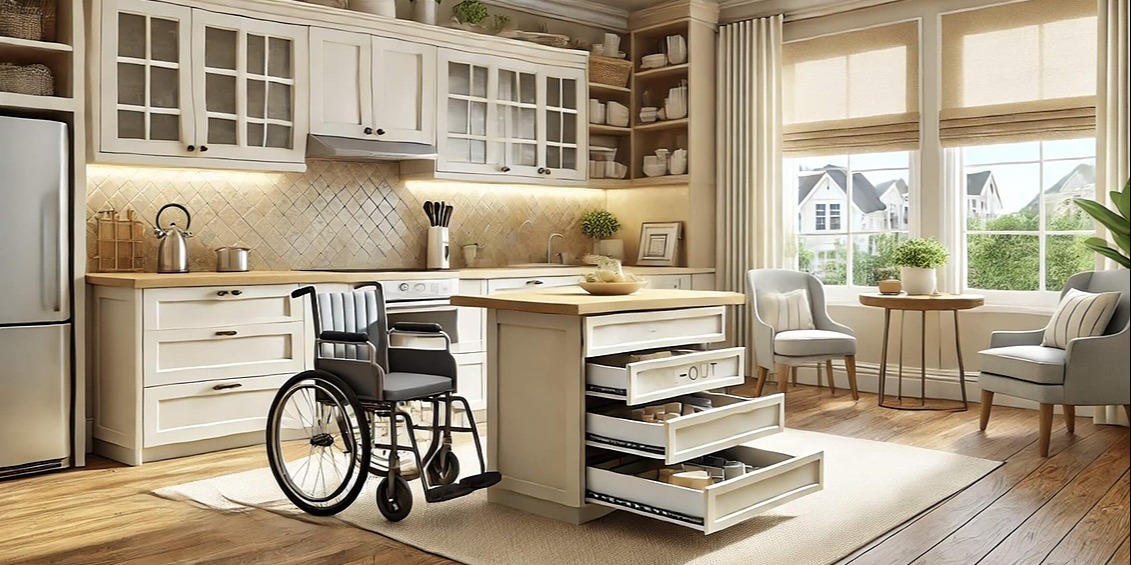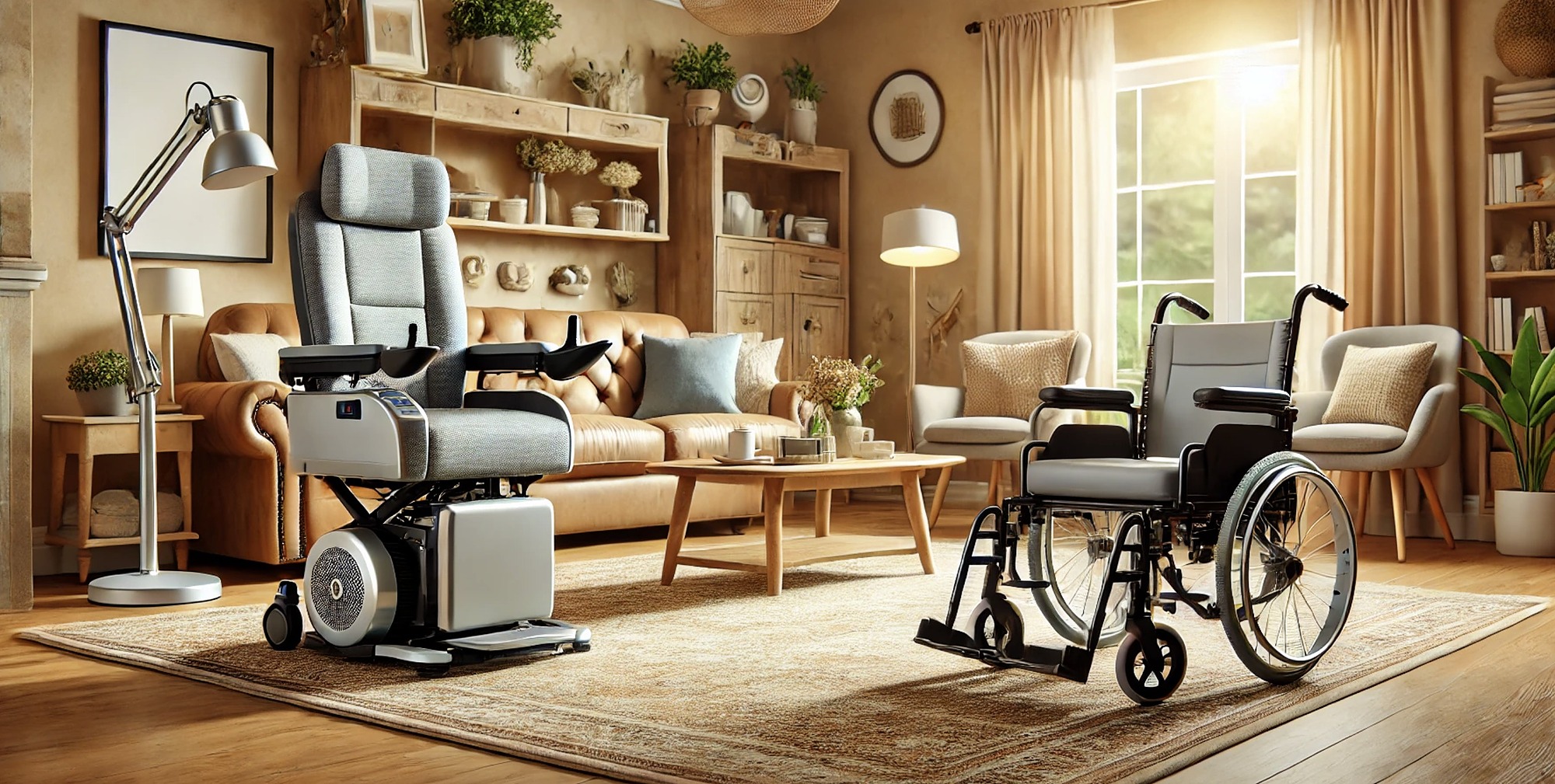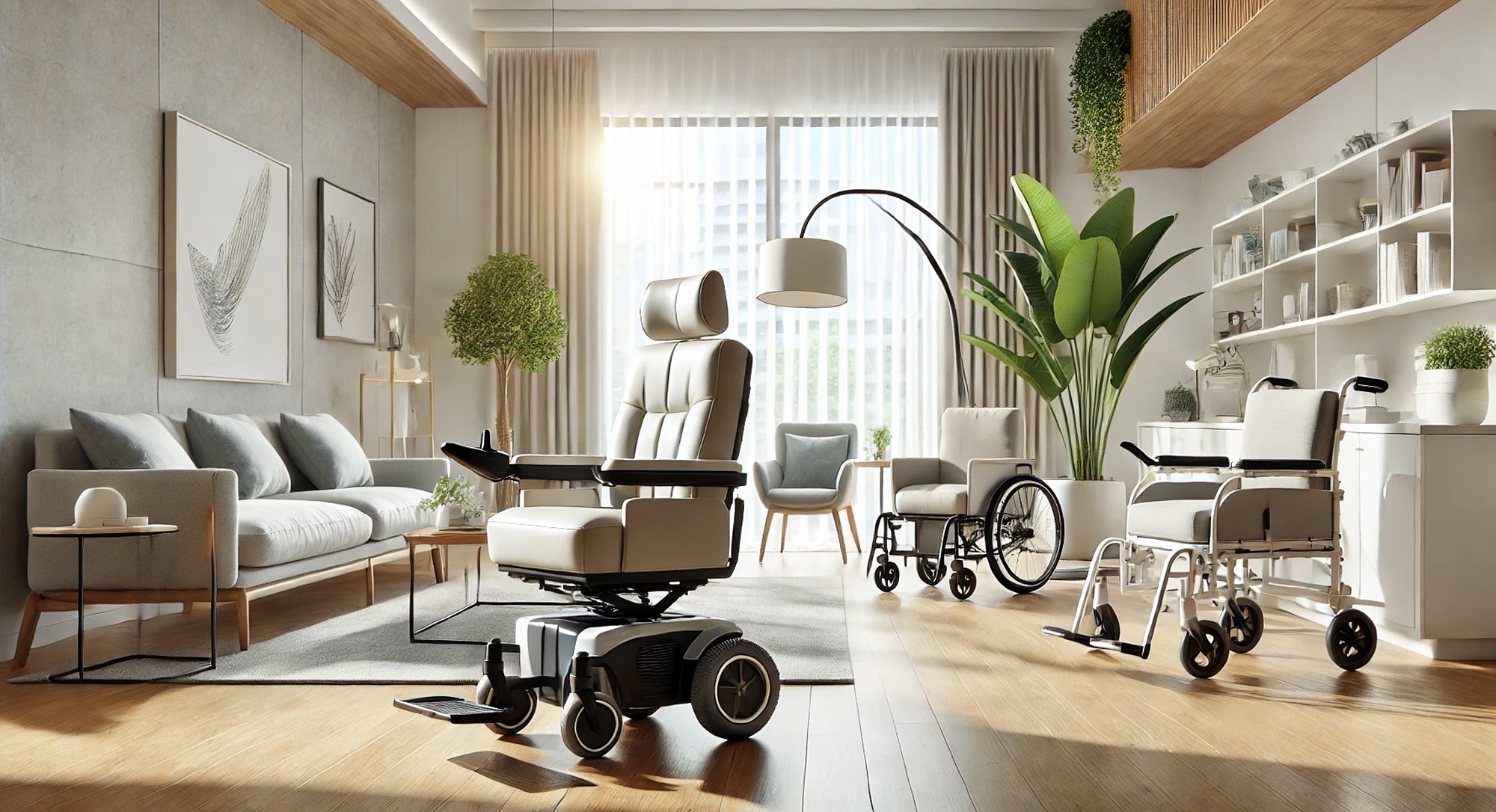
Chair for disabled
When looking for the best chair for individuals with disabilities, it's essential to consider how a well-chosen chair can transform daily life. Mobility chairs provide support, comfort, and independence, offering users the freedom to move around safely and confidently. With so many types and features available, understanding what to look for can make the decision process easier and more effective. This guide will explore what factors to consider when selecting a mobility chair for disabled users and how to match the right features to individual needs.
The Importance of a Proper Mobility Chair
The right mobility chair does more than simply offer a place to sit. It provides the support and security that individuals with disabilities need to engage in everyday activities without the constant assistance of others. Whether navigating through a home, visiting friends, or running errands, the right chair can reduce the physical and emotional strain on the user and their caregivers. Mobility chairs are also designed to minimize the risk of injuries from falls or excessive strain on joints and muscles.
One of the most valuable aspects of a mobility chair is the sense of independence it can bring. For many individuals, being able to move freely without constant help can lead to a boost in confidence and an improved outlook on life. It is essential to select a chair that not only meets physical requirements but also offers the features that align with lifestyle and personal preferences. Selecting the best chair for disabled people isn't an easy task, so let's start out by looking at the different types of mobility chairs.
Types of Mobility Chairs and Their Uses
Choosing the right type of chair depends on the specific needs of the individual. Here are some common types of mobility chairs and the benefits they offer:
Manual Wheelchairs
Manual wheelchairs are propelled by the user or an attendant. They are best suited for individuals who have enough upper body strength to move themselves or have someone to assist them. These chairs are typically more lightweight and easier to transport than their powered counterparts, making them an excellent choice for short-term use or situations where portability is essential.

Power Wheelchairs
Power wheelchairs are equipped with an electric motor and are controlled by a joystick or a similar device. These chairs are ideal for individuals who may not have the strength or mobility to operate a manual wheelchair. Power wheelchairs offer a high degree of independence, allowing users to navigate their environment with minimal physical effort. Some advanced models come with adjustable speed settings and a range of customizable features, such as recline and tilt functions, for enhanced comfort and positioning.
Reclining and Tilt-in-Space Chairs
Reclining and tilt-in-space chairs provide extra support and comfort by allowing the user to adjust the seat's position. This is especially helpful for those who spend extended periods sitting and need to shift their weight to avoid pressure sores or discomfort. The tilt function also promotes better blood circulation and reduces the risk of developing complications from long periods of sitting. These chairs are particularly beneficial for individuals with conditions that limit their ability to shift positions independently.
Lift Chairs
Lift chairs are specialized mobility chairs designed to help users transition from a sitting to a standing position. The chair's motorized mechanism tilts the seat forward, providing a gentle boost that makes it easier to stand up. This feature is invaluable for individuals with limited strength in their legs or core, as it minimizes the risk of falls and makes daily movements smoother. Lift chairs come in various styles and sizes, with some offering additional features like heat and massage functions to enhance comfort.
Transport Chairs
Transport chairs are lightweight, compact, and designed to be pushed by a caregiver. They are perfect for outings, doctor visits, or travel, as they are easy to fold and store. While they do not provide the same level of independence as power or manual wheelchairs, they are invaluable for short-term mobility needs.
If you are interested in a Chair for disabled or need more information - You are always welcome to contact VELA at:
VELA
5452 West Crenshaw Street,
Suite #5, Tampa, FL 33634
United States
Phone: (904)474-4426
Monday - Friday: 8.30 AM ET - 5:00 PM ET
Saturday - Sunday: Closed
Key Features to Consider
When selecting a mobility chair for a disabled individual, several factors should be taken into account to ensure comfort, safety, and usability.
Adjustability and Customization
One of the most important features in a mobility chair is adjustability. Chairs that allow for adjustments in seat height, backrest angle, and armrest positioning can provide a more personalized and comfortable experience. For example, power wheelchairs often come with customizable options for seat tilt and leg support, which can make a significant difference in comfort during prolonged use.
Cushioning and Pressure Relief
Good cushioning is essential to prevent pressure sores and provide adequate support. High-quality memory foam or gel-based cushions are often recommended as they distribute weight evenly and help maintain comfort over extended periods. For those who need more specialized support, there are custom pressure relief cushions designed specifically for medical needs.
Maneuverability and Ease of Use
The chair's ability to navigate different types of terrain and tight spaces is another critical factor. Power wheelchairs with multiple wheel configurations, such as mid-wheel or front-wheel drive, can offer different levels of maneuverability to suit various environments. Manual wheelchairs should be easy to propel, either by the user or an attendant, and should be lightweight enough to handle turns and corners with ease.
Stability and Safety Features
Safety is a primary concern when choosing a mobility chair. Features such as non-slip footrests, anti-tip mechanisms, and a wide, stable base can provide added peace of mind. Power chairs should come with reliable braking systems, while manual chairs should be equipped with easy-to-use locks on the wheels to prevent unintended movement.
Portability and Storage
If the chair will be used for travel or needs to be stored frequently, portability is a crucial consideration. Manual wheelchairs and transport chairs are often easier to fold and store, making them ideal for those who need a lightweight, transportable option. Power chairs, while heavier, can sometimes be disassembled for easier transport. These special mobility chairs are becomming more and more popular among the elderly people.
The Role of Aesthetic and Comfort
While functionality is essential, the aesthetic and comfort of a mobility chair shouldn't be overlooked. Seniors and disabled individuals often appreciate a chair that fits seamlessly with their living space and feels like an extension of their home, rather than medical equipment. Many modern chairs come in a range of colors and fabrics that blend well with home interiors, offering a more personalized experience.
Comfort features such as padded armrests, supportive headrests, and high-quality upholstery can also make a substantial difference in user satisfaction. Chairs that offer a more luxurious feel with features like heat and massage can contribute to overall well-being, especially for those who spend long hours sitting.

Tips for Choosing the Right Mobility Chair
When choosing a chair, it's essential to keep the following in mind:
- Consult with Professionals: Talking to a doctor, physical therapist, or mobility specialist can help identify the most suitable chair based on medical needs and lifestyle.
- Test Before Purchase: Whenever possible, test the chair to ensure it meets the user's comfort and support needs.
- Consider Future Needs: If mobility issues are likely to change over time, consider a chair that offers room for adjustments or additional features.
Choosing the right mobility chair for disabled individuals is about more than finding a place to sit; it's about enhancing independence, comfort, and quality of life. By carefully considering the types of chairs available, key features, and individual needs, you can select a chair that fits seamlessly into daily routines and brings added confidence and freedom.